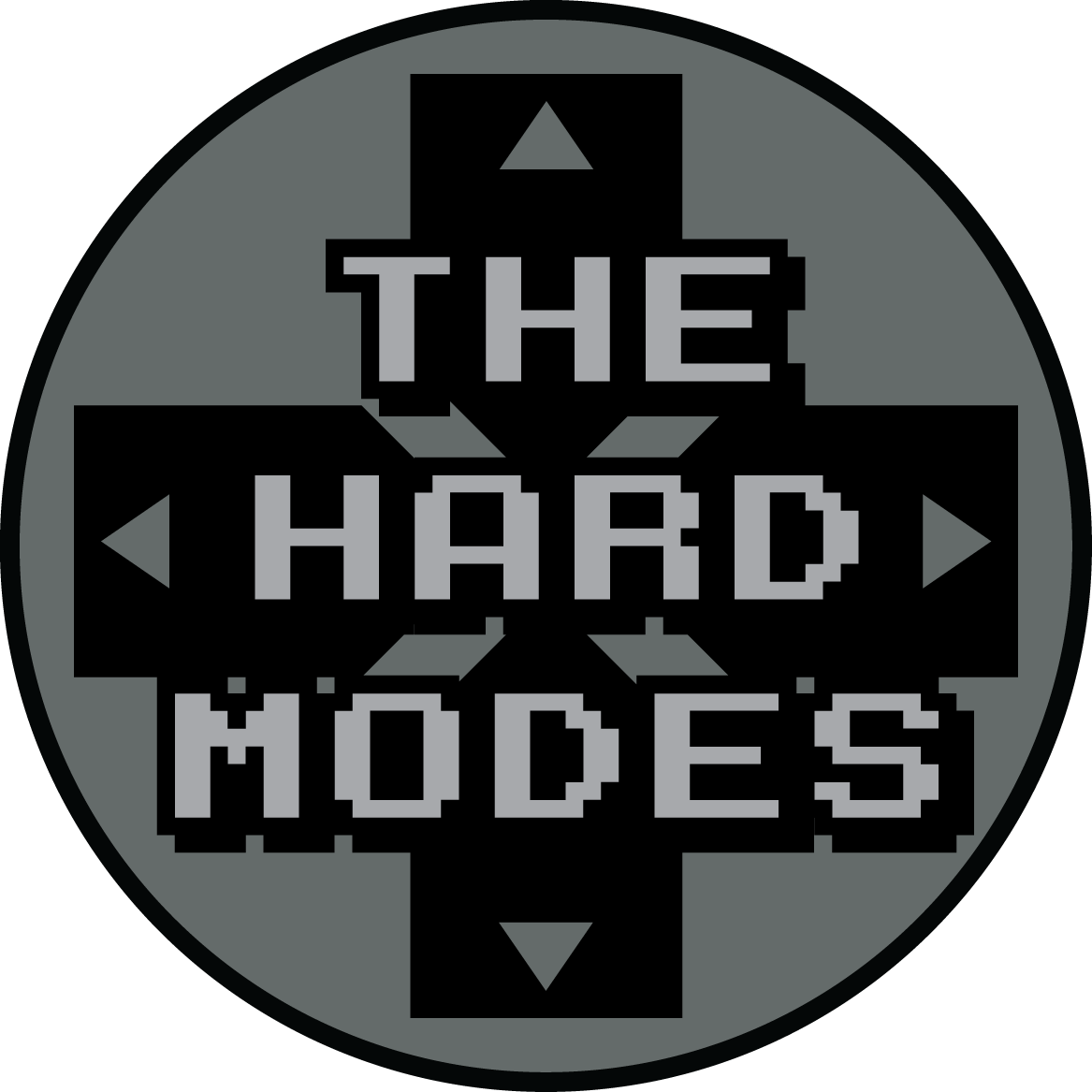
This work is licensed under a Creative Commons Attribution-NonCommercial-NoDerivs 3.0 Unported License and ©2011 Gregory Weaver.
I'm still writing, I'm still writing! Although... it doesn't seem like I am, what, with all the time that it's taking between releases. I was planning on doing two sections before putting out another draft, but I think that it's fair to say that I owe my readers an update. I worked on this for a couple hours last night and tweaked a few things before normalizing and bouncing the Finale audio file in Logic this evening.
And hey! As an added bonus for making you sweat out the days between these releases, I faded out my MP3 after it goes into a whole new section (wow!). I really do appreciate you, listeners, ya hear?
[audio http://scorevgm.files.wordpress.com/2011/11/woods-theme-1_v3.mp3|artists=Gregory Weaver|titles=Theme for the Woods Draft 2.5]
And here's a PDF supplement for below: "Woods" Score Sample*Note: You might notice that the score order is incorrect. Rest assured that all the funny business will be handled at the completion of this project--only then will the score be correct and beautiful.
Now, without further adieu:
The first order of business was to fill out the "grand entrance" of all of these strings that were to support the melody (m3), and by golly, that's where I ran into my first challenge! Originally, the lines I wrote were not conducive to the light, floating melodies of the pizzicato strings played prior; instead, they seemed way, way too heavy, as if the woods had turned into some giant bog. So, naturally, I decided to cut up the rhythms a little bit and create more movement in the support; however, what I did just wasn't cutting it--the draw of the strings were too much. My next attempt was to throw the pizzicato lines from the beginning of the tune on top of the new lines. Again, that failed because it sounded too unnatural and less full than I needed. Finally, I came up with most of what you see in m3-10--which is mainly the pizzicato line played arco--and then made the arco staccato to make it lighter and more like the pizzicato (imagine that) without compromising the full timbre that I needed.
Prior to working on the draft, I had thought that the two measures of four that introduce the full strings would serve as enough cushion to transition from light and springy to round and robust (if you recall, Draft 2 had all the strings aside from the bass playing half notes). In this case, it wasn't that easy--the robustness had to develop properly to make the transition believable; otherwise, the entrance sounded abrupt and unprofessional. The main tweaking this evening was even breaking the rhythms of the last 4/4 bar so that the strings eased into the quicker flow of the A section melody. In the end, I gained some good experience in making a transition that convincingly enough connects two contrasting sections.
There isn't too much to say about m11-18. I wanted the viola and cello to add a little more movement to the melody instead of playing it straight, which is why one will notice the lack of ties and the additions of staccatos, etc. Essentially, the strings are just adding more to what the flute and english horn have been doing since the first measure of the selection (with the exception of m14-18, which is just different). All of this difference is made in the spirit of keeping things interesting at all times for the listener, whether the changes be obvious (the woodwinds' triplet runs) or subtle (differences between the woodwinds' articulations in m10 and m18).
The only real problem I have with what I'm doing right now starts in the bass part. Essentially, it's terribly boring. It plays mostly roots. Oftentimes, I'll use the bass part as a kind of placeholder for what I'm thinking harmonically, and oftentimes again, I won't bother to go back and see if leaving the chords in root position is really what I want to do, especially when it makes the bass part seem so uninspiring. Of course, taking the bass off the root may force me to change the harmonic function of some of the other parts, which puts me into the position of 'well, is all of that work really worth my time?' While I'd like to say no and tell myself to keep trudging along because time is of the essence, I know I can't leave it like that without assuring myself that what is there is the best possible avenue for the part. The average listener may not heed the bass part, especially when listening to the piece while playing a game, but I feel morally and artistically obligated to pay attention to this "minutia."
As always, thanks for listening, and please feel free to comment, suggest, destroy, or praise at will!
---------------------------------------------------------------------------------------------------------------------------------------
Goal Review:
- Tighten up the time in Logic. Finale’s a robot.
- Review the beginning. It originally sounded weird to me in the Logic version.
- Review bass part in the B. Is more movement necessary?
- Think about percussion parts. Mainly in A2.
- Review bass part in the full strings melody. Does moving away from the root make sense and add interest?

